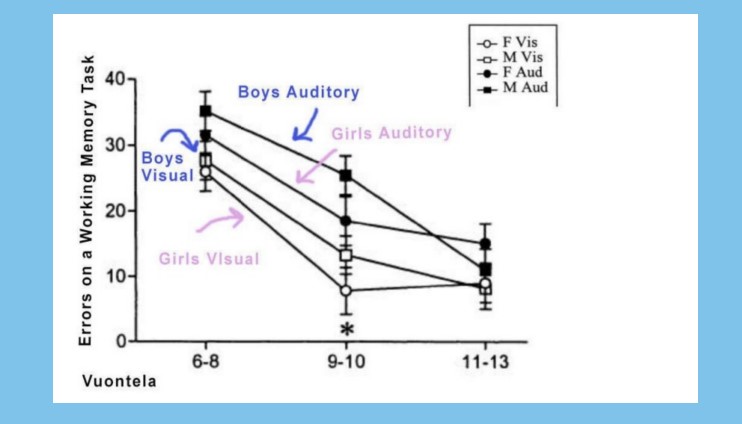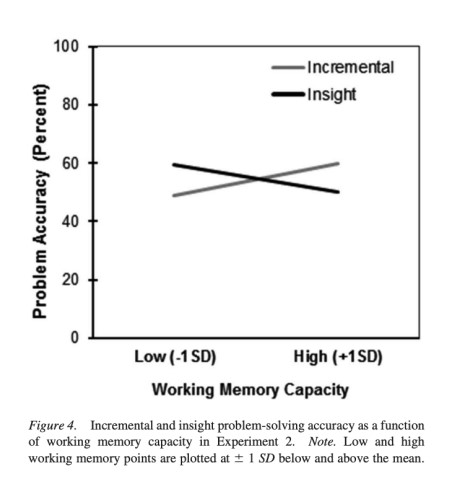Q: My 9 year old son is having trouble making progress in reading, writing, and Math because of working memory. What can help?

Students can experience what experts call “cognitive overload”
Working memory is a type of memory that allows us to temporarily hold information ‘in mind’ to be used for other cognitive tasks. Some people refer to it as a ‘sticky note’ like remember a phone number when taking a message or directions when someone tells you where you need to go.
WORKING MEMORY LIMITATIONS AFFECT READING, WRITING, AND MATH
Working memory limitations can affect reading, writing, math, and really all types of learning because if too much information is presented at once, students can lose their place, forget what’s been said, and experience what experts call “cognitive overload”.
Individuals with limited working memory learn best when information is broken down into manageable chunks, when new topics are previewed beforehand (Teachers Notes, if possible), and curriculum spirals or returns to previous presented topics – to produce more durable learning and a lower likelihood that information will be forgotten completely.

WORKING MEMORY EXPANDS OVER TIME; IF VERBAL WORKING MEMORY IS WEAK, VISUAL WORKING MEMORY MAY BE STRONGER
Studies of visual spatial and verbal working memory have shown that young children are much more likely to make errors on working memory tasks than older children.
In Vuontela study above, younger boys also were more likely to make errors on auditory working memory tasks than girls in the same age range.
Multisensory instruction presents information in multiple channels (auditory, visual kinesthetic or movement-related activities), so that it may help a student if information is overwhelming a single channel, like listening.
Scaffolding work can take the form of teaching new vocabulary and decodable books that are books chosen for a lesson that students have just learned in their instruction.
Writing can be scaffolded by allowing dictation, visuals and word banks for writing, and assistive technology with spellcheck and word prediction.
Math can be scaffolded with pre-learning math vocabulary, working through problems ‘open’ book and with formula cards and cheat sheets that provide an overview of what is being learned, and dictation or choice-based tests for students who can overload easily when asked to write.
More detailed information about scaffolding and resources for working memory can be found in past Premium articles.
UPSIDE TO LIMITED WORKING MEMORY?
Having a limited working memory is usually thought of as a weakness or challenge, but interestingly, there may well be an upside to having a relatively weak working memory! When studying creative problem solving, researchers found that test subjects with lower working memory outscored test subjects with higher working memory on problems that required insight.

From Wiley and Jarosz, The Psychology of Learning and Motivation:
“…many of the benefits of greater working memory capacity on problem solving performance relate to the ability to focus attention and resist distraction. Superior executive functions generally support more successful analytic problem solving. However, several lines of evidence are now showing that creative problem solving does not rely on these same executive functions. Too much focus, too much persistence on an initial approach, and a lack of sensitivity to peripheral cues can actually harm performance on creative problem solving tasks….”
Age 9 is young in terms of working memory development.
Accommodations and modifications for working memory should be in place. His working memory will expand – allow him to use technology like audiobook and writing software – and every year school will get easier because of his development.














